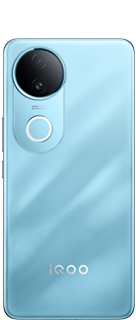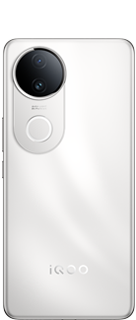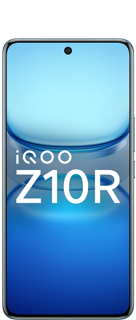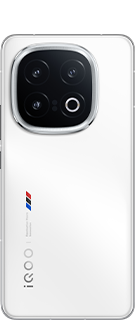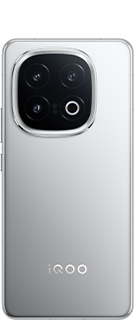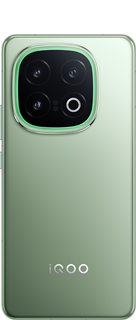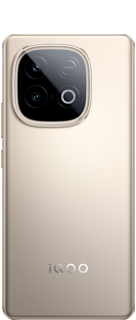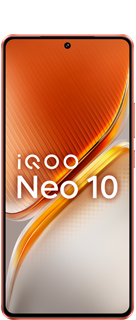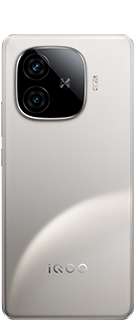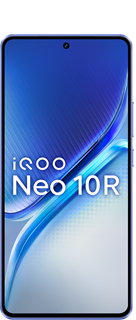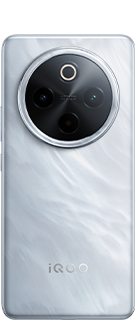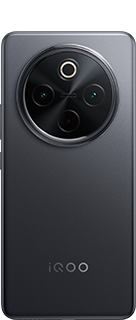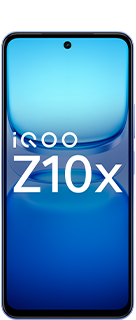What is WQHD+ and why should you care?
If you are looking for a new smartphone, tablet, laptop, or monitor, you might have come across the term WQHD+ in the specifications.
But what does it mean and why is it important?
In this blog post, I will explain what WQHD+ is and why you should care about it.
WQHD+ stands for Wide Quad High Definition Plus. It is a display resolution that has 3200 x 1440 pixels, which is four times as many pixels as HD (1280 x 720) and 1.8 times as many pixels as FHD (1920 x 1080). It is also known as QHD+, QHD Plus, or Quad HD Plus.
WQHD+ offers several benefits over lower resolutions. First of all, it provides a sharper and clearer image quality, as each pixel is smaller and less visible to the human eye. This means you can enjoy more details and textures in your photos, videos, games, and web pages. Second, it allows you to fit more content on your screen, as you have more horizontal and vertical space to work with. This means you can multitask more efficiently, view more information at a glance, and zoom in less frequently. Third, it enhances your viewing experience, as it supports a wider color gamut and higher contrast ratio than lower resolutions. This means you can see more vivid and realistic colors, deeper blacks, and brighter whites on your screen.
WQHD+ is not without its drawbacks, however. One of the main disadvantages of WQHD+ is that it consumes more battery power than lower resolutions, as it requires more processing power and backlighting to drive the pixels. This means you might have to charge your device more often or lower the brightness level to save battery life. Another drawback of WQHD+ is that it might not be compatible with some apps or content sources that are optimized for lower resolutions. This means you might encounter scaling issues, blurry images, or black bars on your screen.
So, should you care about WQHD+?
The answer depends on your personal preference and usage habits. If you value image quality and productivity over battery life and compatibility, then WQHD+ might be a good choice for you. If you prefer longer battery life and wider compatibility over image quality and productivity, then WQHD+ might not be worth it for you. Ultimately, the best way to decide is to try it out for yourself and see if you notice the difference.

I hope this blog post has helped you understand what WQHD+ is and why you should care about it. If you have any questions or comments, please feel free to leave them below. Thank you for reading!
Please sign in
Login and share
